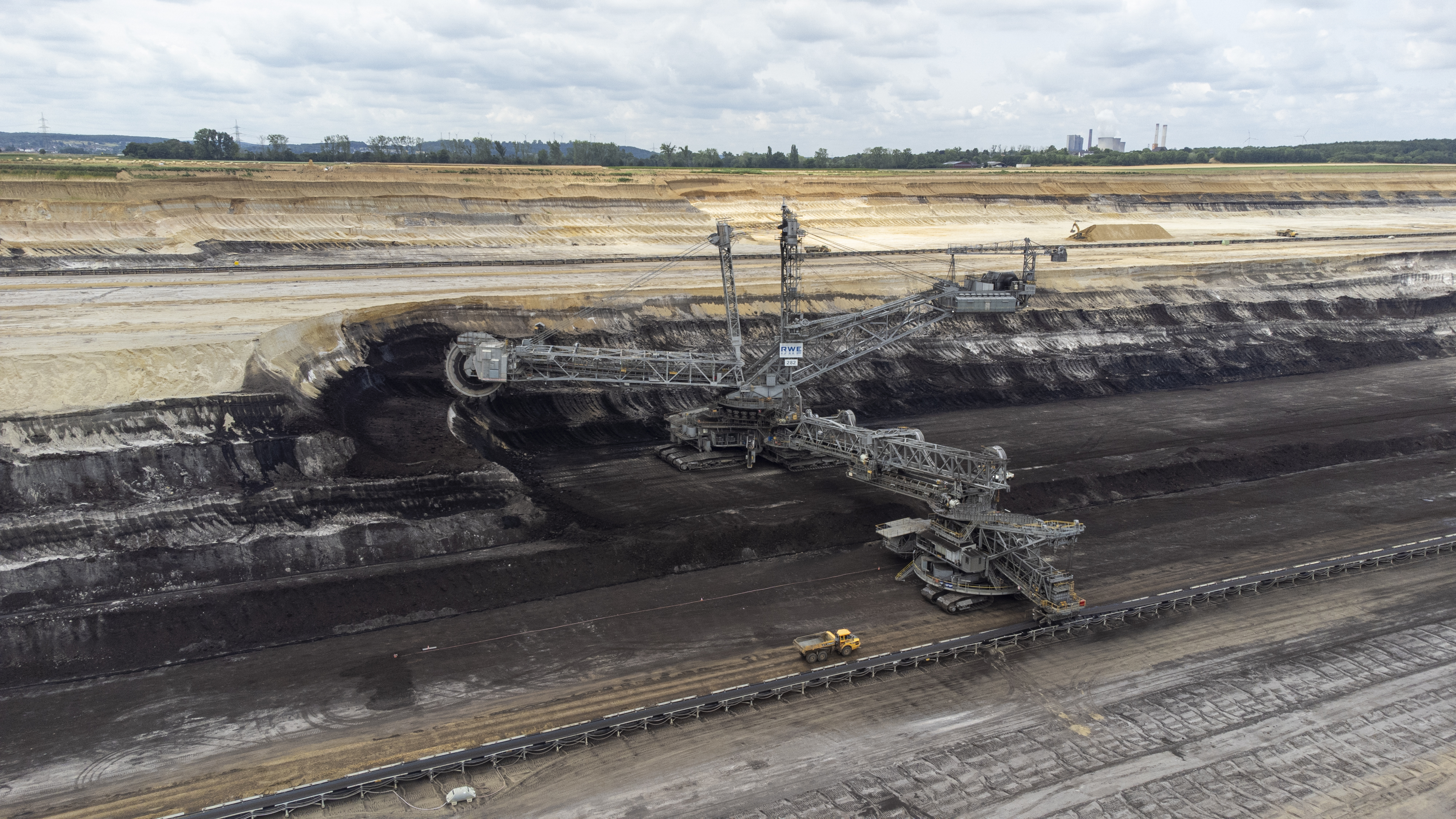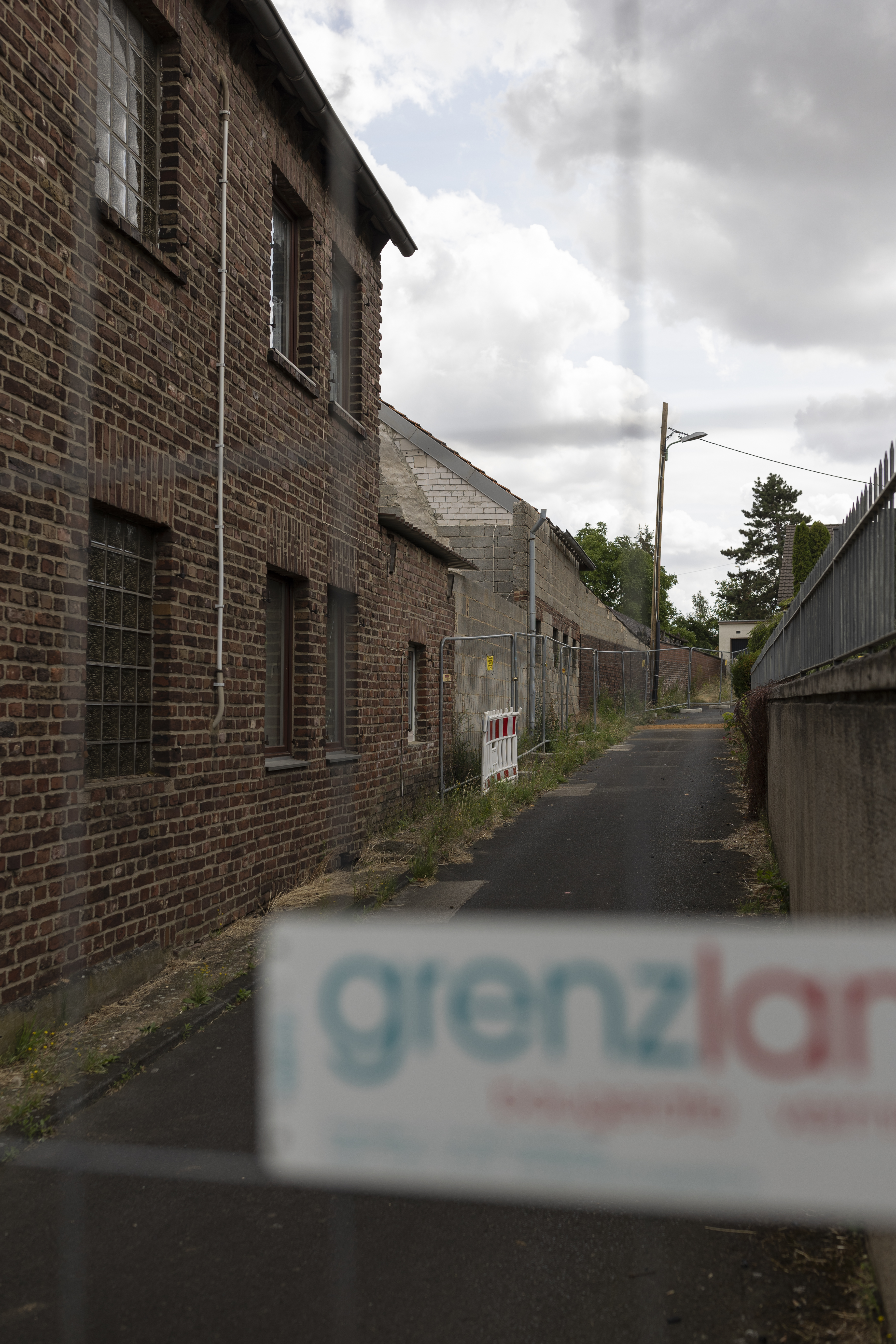Coal scars: The long-term landscape trauma of an obsession with coal

Germany has reportedly produced lower carbon emissions in 2023 than all of the last 70 years. But analysts are not overly optimistic - only 15% of this reduction can be classed as a long-term change, the rest appears to be ‘good luck’. Germany, along with many other countries, has promised to phase out the use of coal in the face of the worsening climate crisis. The Coal Phase-out Act, ratified in 2020, sets the absolute end date of 2038, with a goal of obtaining 80% renewable energy by 2030. Following the 2011 Fukushima disaster, the country also phased out nuclear energy in 2023. Along with the Russian invasion of Ukraine and the associated oil supply crisis, German energy is at a crossroads. The country has the potential to make the most of the growth in renewable energy and decarbonise. However, influence from fossil fuel corporations is strong: RWE, the country’s largest energy company, believes an earlier coal phase out of 2030 is possible, but only if the country acts quickly to allow alternative (but still fossil fuel powered) energy construction projects to go ahead.
Germany has a long history of lignite mining, a very dirty form of coal with a low energy output and high carbon footprint. The open cast mines in the west of the country have gouged enormous scars in the landscape over the last 160 years, drastically altering the environment and forging a strong and controversial cultural legacy. As the country mulls over safe alternatives to fossil fuels and a secure energy future in an increasingly unstable world, what does continued coal extraction look like in practice? What are the long-term social and environmental effects of coal extraction in Germany? Here, Neal Haddaway examines the continued scarring of the land and cultural upheaval taking place around the coal mines in North Rhine–Westphalia, near Cologne. Using aerial photography, the shocking scale of the impacts can be seen clearly, and the true legacy of German coal questioned.
Germany has a long history of lignite mining, a very dirty form of coal with a low energy output and high carbon footprint. The open cast mines in the west of the country have gouged enormous scars in the landscape over the last 160 years, drastically altering the environment and forging a strong and controversial cultural legacy. As the country mulls over safe alternatives to fossil fuels and a secure energy future in an increasingly unstable world, what does continued coal extraction look like in practice? What are the long-term social and environmental effects of coal extraction in Germany? Here, Neal Haddaway examines the continued scarring of the land and cultural upheaval taking place around the coal mines in North Rhine–Westphalia, near Cologne. Using aerial photography, the shocking scale of the impacts can be seen clearly, and the true legacy of German coal questioned.

Germany’s energy situation is at a precarious crossroads - despite the climate crisis, energy challenges caused by the relatively rapid phase out of nuclear power and the loss of Russian oil are likely to grant a controversial reprieve to lignite mining, which together with hard coal, makes up 35.3% of Germany’s energy needs in 2023.



The phase-out of coal has been on the cards for some time - the final hard coal mine was closed in 2018 (although hard coal is still imported). Hard coal power plants continue to function, however, with the most recent plant coming online in 2020. Whilst the costs of hard coal mining have increased drastically, lignite mining continues to produce substantial profits - with 5 billion tonnes of lignite in easily accessible existing or planned mines.

Lignite is a form of coal with a high water content (55-60% water), formed through the natural compression of peat into rock. It produces far less heat than other forms of coal, making it particularly high in CO2 emissions.

Lignite can only be mined in Germany in open cast mines with vast surface areas. Because of its water content, it is heavy and inefficient to transport long distances, so tends to be burned in power plants close to the mines - seen here is the Weisweiler power plant, behind the Inden II mine.

Because lignite is formed from fossilised peat, it lies closer to the surface than hard coal. In North Rhine-Westphalia, it is found in several layers around 40 metres thick, in the Garzweiler mine at depths of 40-210 metres below the surface, for example. Groundwater must be pumped out from the region, and then the ‘overburden’ (unusable soil and rock) is scraped out. These successive layers of dust, sand and rock are transported away by elaborate systems of conveyor belts, and then deposited over previously mined areas, slowly backfilling them in.



Seen from above, the layers of sediment form beautiful abstract patterns as they are moved around and repositioned according to some unknown sequence.




But this beauty belies a toxic legacy. Groundwater must be pumped down to below the deepest excavations, reducing surrounding water levels. The exposure of buried sediments to the air causes chemical reactions that pollute groundwater.

The surface area of the mines is extensive - the Hambach mine alone is more than 44km2 and intended to expand to cover 85km2 during its remaining operational lifetime. The mine has been excavated down to 411m depth (500m below sea level) in an effort to reach the deepest lignite reserves.

This animation shows the progressive expansion of mines near Cologne between 1984 and 2022. The deep excavation fans out around an infrastructure hub, destroying farmland, forests and villages as it goes. Some of the pits have been re-covered, leaving large, scarred fields, but according to the plans of the mine owners, they will be left to flood naturally over more than a hundred years, eventually forming enormous, deep lakes. [Imagery from Google Earth].

The earth that was initially extracted from the Hambach mine was used to create the world’s highest artificial hill, Sophienhöhe, at 301.8m high. The hill is visible in the distance behind the bucket-wheel excavator.



As the mines expand, the surrounding landscape must be moved and then erased. Existing roads have been terminated and removed, anticipating the coming extraction front. Recently, a wind farm was also dismantled to make way for the mine. Everything must move to make room for the mines, although some expansion plans have been recently shelved, granting a reprieve for the remaining 10% of Hambach forest and some villages previously scheduled for destruction.




The town of Morschenich to the south of the Hambach mine was scheduled for destruction this year, with the 600 people living there encouraged in 2015 to move to a new settlement some 4.5km further south. Southern expansion of the mine was cancelled in 2020, with a small number of residents remaining in the slowly decaying village. Windows are broken, walls collapsed. The church burned down in April 2023, and graffiti advertises the locals’ attitudes to the mining corporation, RWE, and their private security, called Secu by anti-mine activists.


The initially optimistic foreshortening of the phase-out of coal now looking increasingly unlikely in the face of energy uncertainty in Germany, lignite mining in North Rhine-Westphalia is set to continue in full force towards 2030. The scars in the landscape pay tribute to the nation’s thirst for this accessible, dirty fuel. But only time will tell what legacy is left behind.
This work has been published by Anthroposphere in February 2024